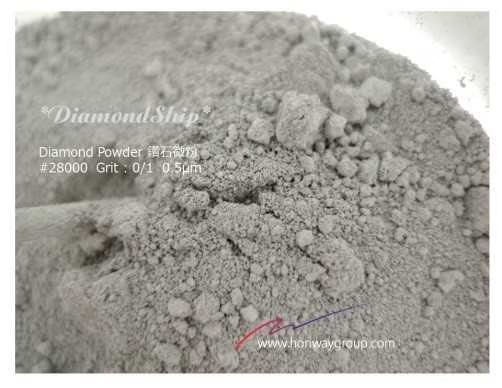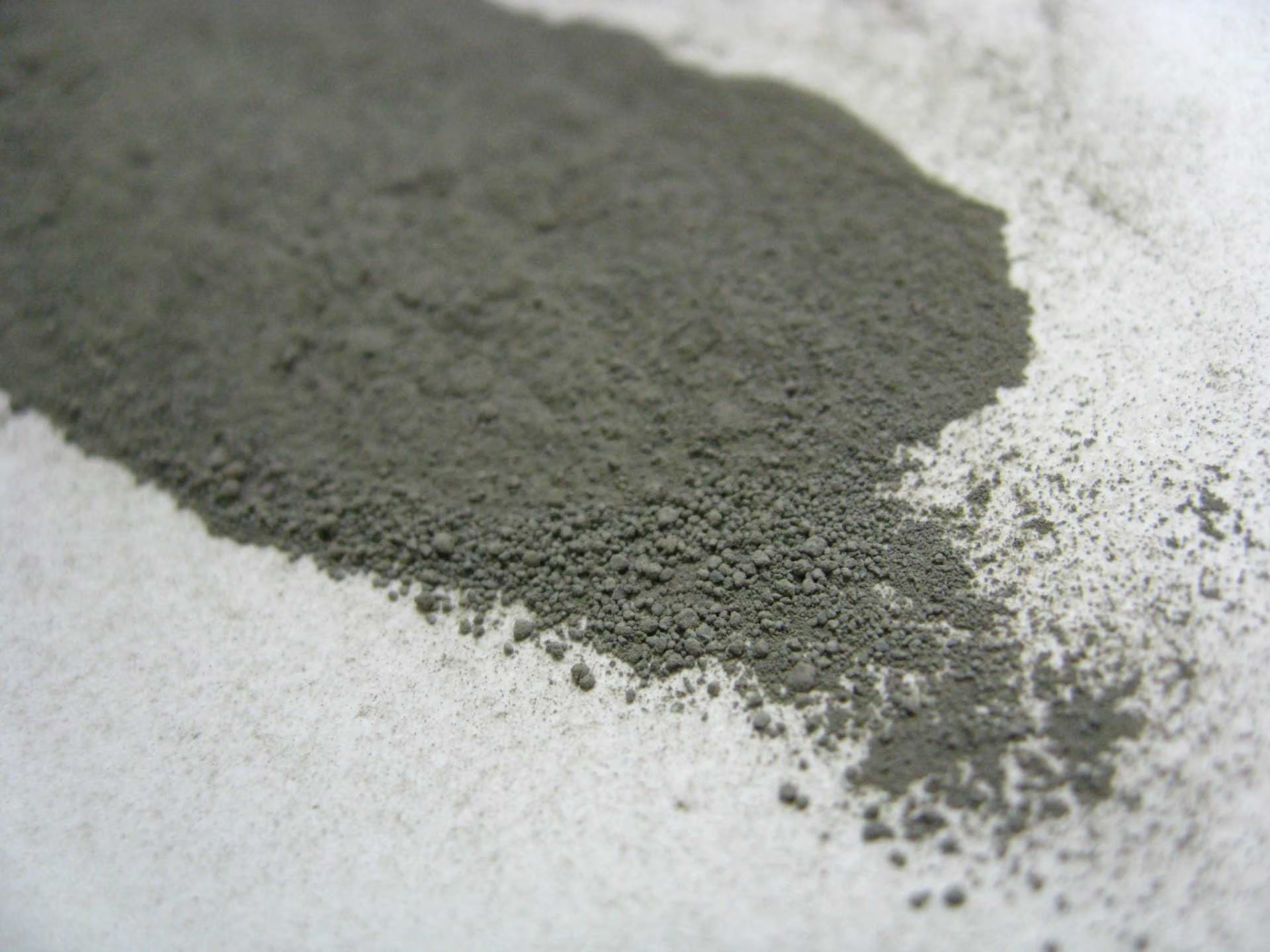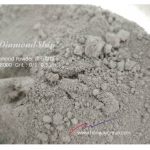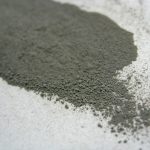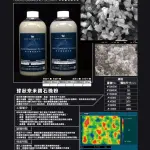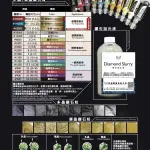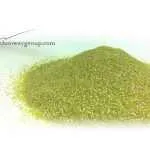Nano Diamond Powder (Polycrystalline)
Grinding/Polishing
Our expertise lies in the purification, surface modification and fine grading of nano diamond primary products according to the requirements of different applications.
Product Features:
- Explosive Synthesis: Nano-diamonds are produced by utilizing the free carbon generated during the detonation of oxygen-deficient explosives. The pressure and temperature of the detonation are controlled to convert this carbon into microcrystalline diamond particles with a size of 5-20 nanometers.
- The special synthesis conditions result in near-spherical basic particles with abundant surface functional groups, increasing the specific surface area by an order of magnitude compared to conventional diamond products.
- Nano-diamonds possess not only the excellent hardness and abrasive properties of diamonds but also exhibit the novel characteristics of nanomaterials.
- They have a spherical polyhedral shape with small sharp edges. 1 During polishing, they gradually fracture into smaller crystals, creating new sharp edges that provide stable abrasive force and a fine surface finish.
- A relatively long service life.
- During grinding, nano-crystalline particles are released, providing a self-sharpening effect.
- There is no brittle fracture during grinding and polishing, which prevents scratches on the workpiece surface.
There are two types of products:
- Black Powder: Newly produced nano-diamonds are surrounded by 40% carbon. This freshly produced, unwashed (with strong acids and alkalis) nano-diamond is called “nano-diamond black powder.” This layer of strongly bonded carbon provides the nano-diamond surface with numerous functional groups.
- Gray Powder: When the outer carbon layer of black powder is removed by strong acid and alkali washing, the nano-diamond becomes gray-black in color. This “nano-diamond gray powder” can then be subjected to particle size classification. Gray powder, with a diamond purity greater than 99%, is commonly used in grinding and polishing, as well as in nano-diamond carriers for targeted therapies.
Application:
- Ultra-fine polishing: Achieving surface roughness in the angstrom range, the particle characteristics result in virtually no scratches, suitable for the most demanding polishing applications.
- Lubrication and friction reduction: Used as a lubricant additive, transforming sliding friction into rolling friction, reducing the friction coefficient, significantly improving lubrication performance, and extending service life.
- Surface composite electroplating and spraying: Enhancing the wear resistance, corrosion resistance, impact toughness, and surface hardness of various workpieces.
- Rubber and plastic additives: Significantly improving wear resistance, puncture resistance, and tensile strength, and slowing down the aging process.
- Highly pure nano diamonds do not cause biological rejection, and because of their large specific surface area and strong adsorption, they have good applications in the medical, biological and cosmetic fields.
Diamond Specification Table:
|
General Specification
|
Unit: Nano | ||
| 50nm | 80nm | 100nm | 120nm |
| 150nm | 200nm | 300nm | 500nm |
| 800nm | 1000nm | ||
※ All of the above are standard applications and can be customized according to customer needs.
Any questions? Contact HonWay

